Maleficent is once again at war with humankind in Maleficent: Mistress of Evil, this time against the kingdom of Ulsted, home to her god daughter's betrothed. She isn't in favor of Prince Philip marrying Aurora, who she's recently named Queen of the Moors, and intends to divide the union. She's seen the treachery of humankind under King Stefan's reign, and has recently learned of humans poaching Moor folk, which has made her skeptical that peace can truly exist between them and faeries.
Her main adversary is Philip's mother, Queen Ingrith, who has her own personal reasons for distrusting fae folk. She's experienced their malevolent ways, and intends to rescue Aurora from a life among their kind, promising her all the benefits of her new status. But Maleficent isn't alone, and brings with her an army of fae folk previously unseen in the kingdom. Here are 5 reasons why we're on Maleficent's side, and 5 why we're not. Maleficent: Mistress of Evil is in theaters now.
10 MALEFICENT'S SIDE: THE PILLAGING OF THE MOORS

Since the original film, the Moors have been a place of refuge for the fae folk and other magical creatures. A utopia of crystal springs, rolling hills, majestic mountains, and sprawling fields of wild flowers, they exist in perfect harmony with their inhabitants and don't have anything to do with humans.
King Henry wanted the Moors for their resources, as did King Stefan, and Queen Ingrith wanted to abduct their magical folk for experiments, experiments which would result in the annihilation of all the fairy-tale creatures and grant her access to the bounty she felt entitled to. Naturally, Maleficent would want to put an end to that.
9 WHY WE'RE NOT: INGRITH'S FAMILY
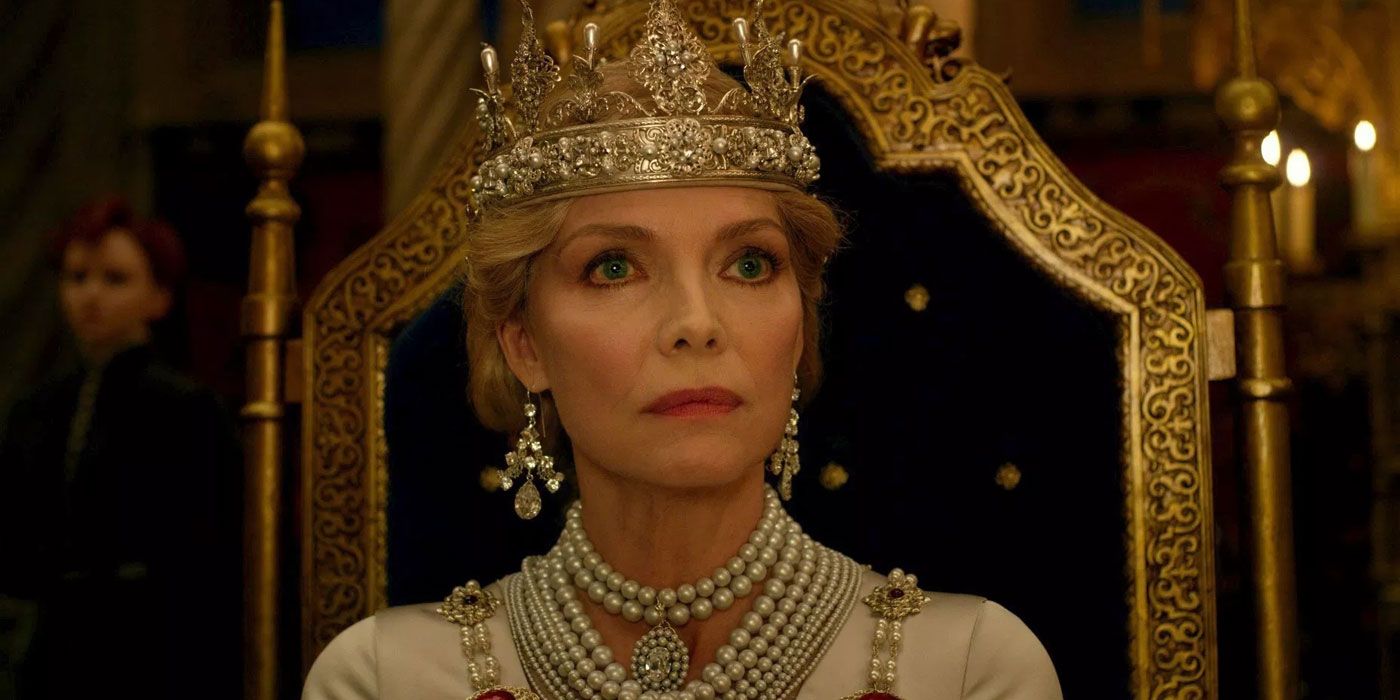
After Aurora happens upon Queen Ingrith's secret lair of fairytale experimentation, she discovers that the inhabitants of the Moors that have been rumored to have been poached are being kept in glass jars. Ingrith takes it upon herself to explain herself to Aurora, who's obviously horrified.
When Ingrith was young, her family was starving. She pleaded with her father, the king of a land abutting the Moors, to obtain their resources. She observed the fairytale creatures living in abundance, and wanted what they had. Her father favored not disturbing the peace, and as a result, her brother died. We can understand Ingrith's personal grudge, and belief that the fae are responsible for her brother's death, at least from her perspective.
8 MALEFICENT'S SIDE: HUMAN'S FRAMED HER
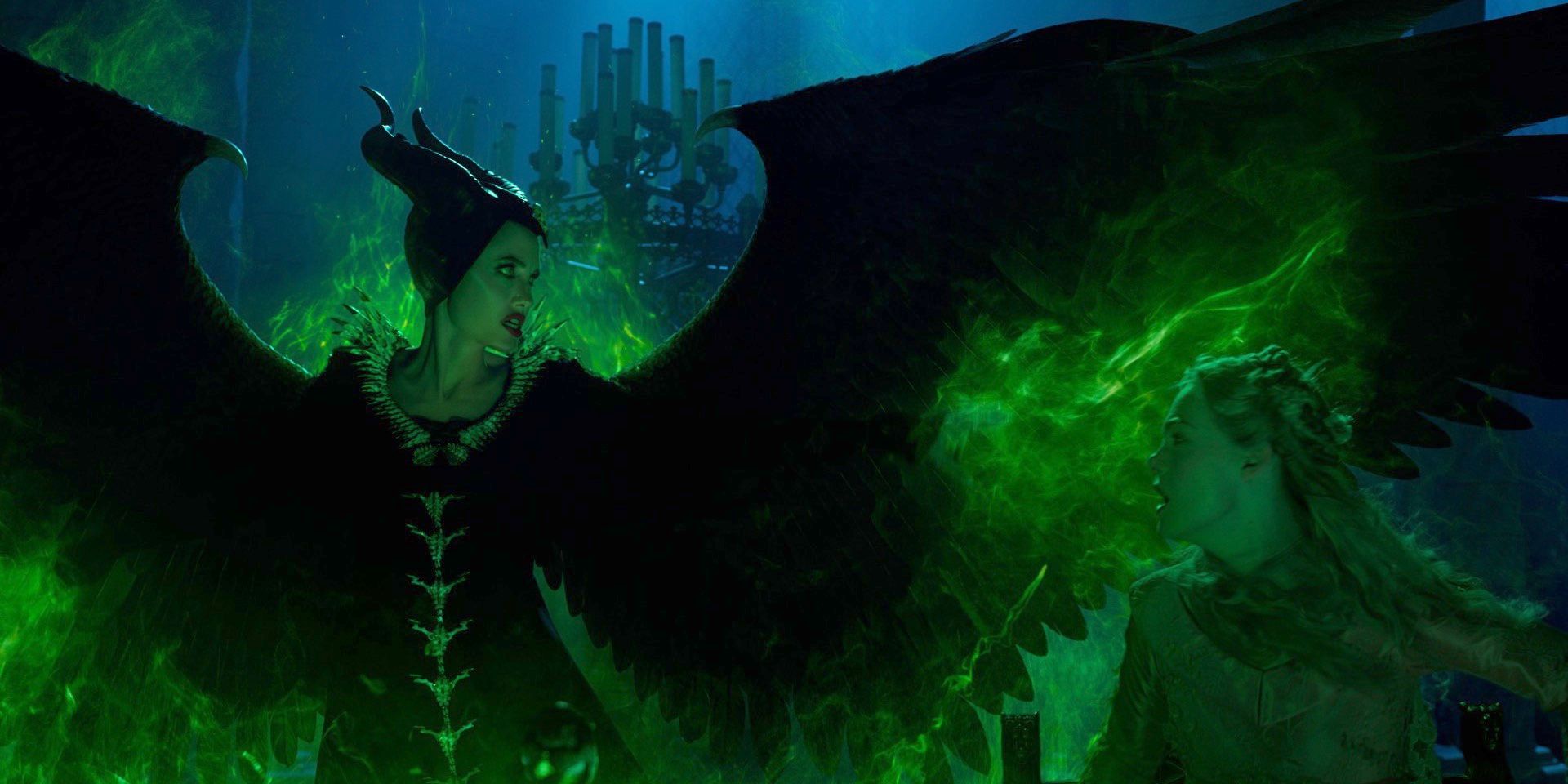
The original tale of Sleeping Beauty, involving Aurora's curse and the spinning needle, has been perverted and fraudulently disseminated throughout the land by the time Maleficent: Mistress of Evil takes place, five years after the events of the first film.
Not only has Maleficent's reputation had to pay the price for the lies of Queen Ingrith, she gets framed for inflicting the curse on King John, Ingrith's husband. With her position as a "Mistress of Evil" erroneously established, she feels compelled to enact revenge on those that would do her wrong. She may appear evil, but it's not her fault she looks good in black!
7 WHY WE'RE NOT: VIOLENCE ISN'T GOING TO SAVE THE FAE
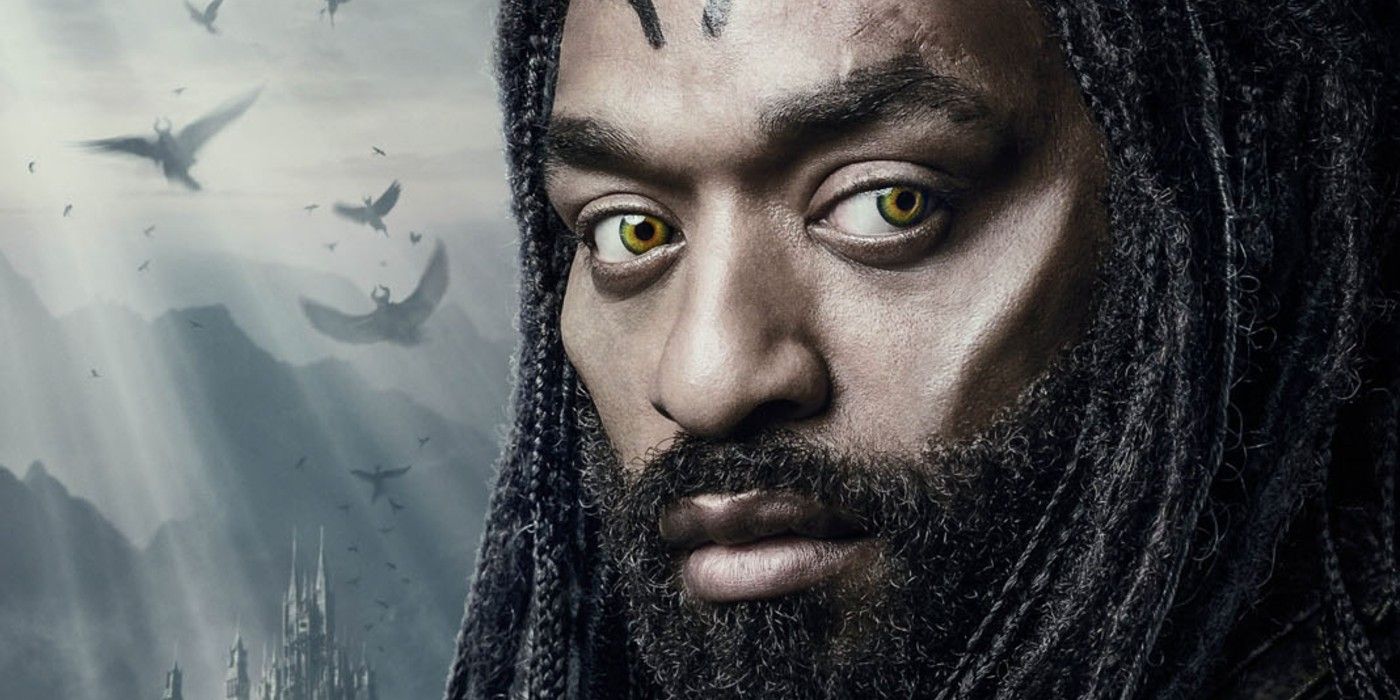
When Maleficent is rescued by Conall, a creature much like herself, he takes her to the fairy kingdom that's become the last bastion of their kind. They're known as Dark Fae, Conall informs her, and they've been watching her from afar, becoming hopeful of a future involving fae and humans living peacefully thanks to her relationship with Aurora.
Many of his kind follow Borra, a more aggressive dark fae, that desire only violence against humans that would do them harm. Conall preaches a more diplomatic message, however, and urges Maleficent to choose unity, harmony, and peace over vengeance and war. We know he's just trying to do what's best for his people.
6 MALEFICENT'S SIDE: SHE'S LOSING AURORA
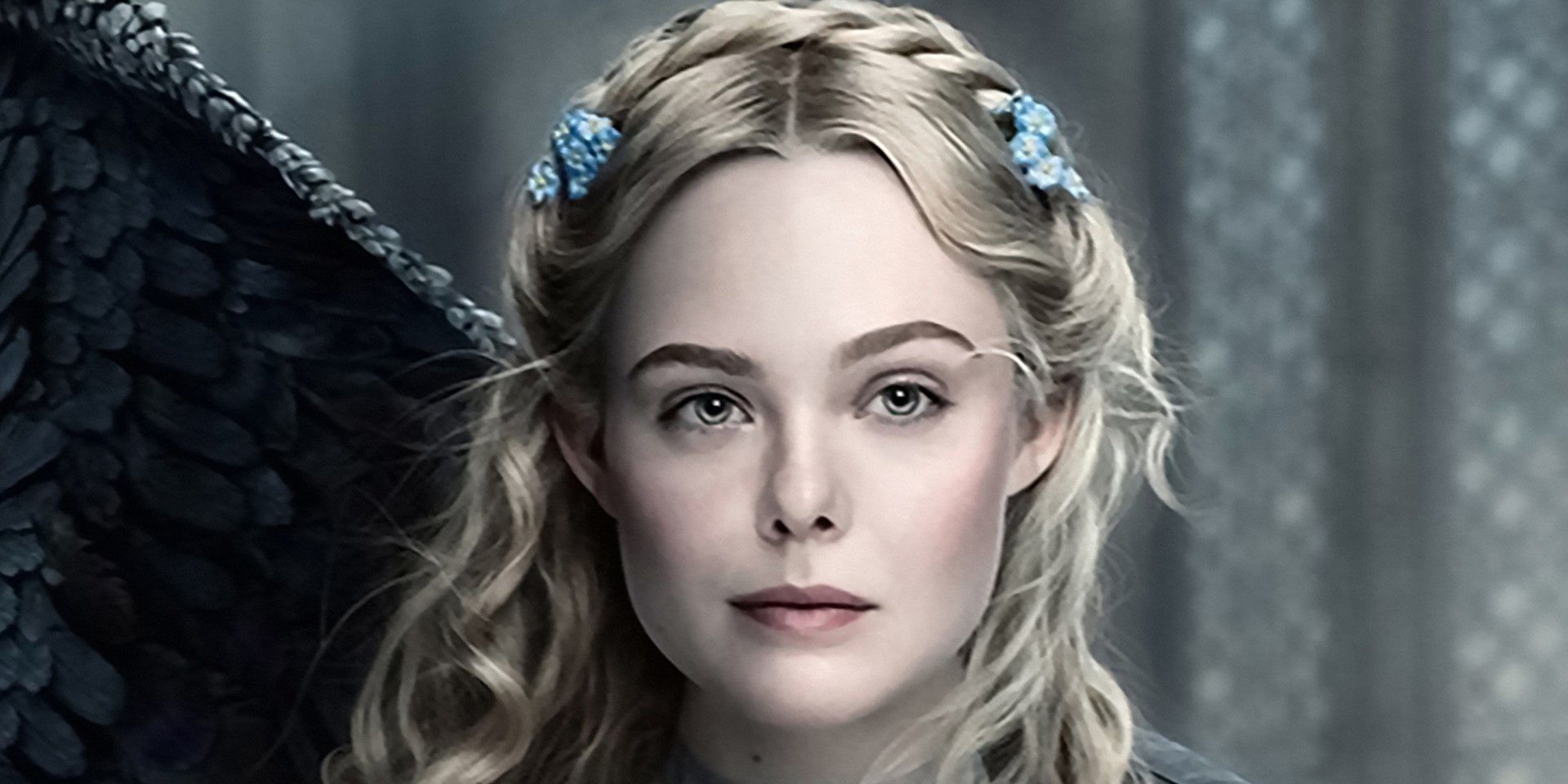
As the saying goes, a mother's love is a mother's love. Aurora has been Maleficent's tenuous tethering to the human race since she begrudgingly started to care about the effervescent human girl in Maleficent. She went from being a fairy godmother to more of a mother, and she took her role seriously.
Discovering that Queen Ingrith intended to take Aurora from her by marrying her to Prince Philip was not only a slap in the face to Maleficent as a mother, but it also meant that Aurora would potentially be choosing humankind to identify and live with. We can see Maleficent's conflict because she wants what's best for Aurora, but she also doesn't want to be abandoned.
5 WHY WE'RE NOT: SHE'S JUDGING WHAT SHE DOESN'T KNOW
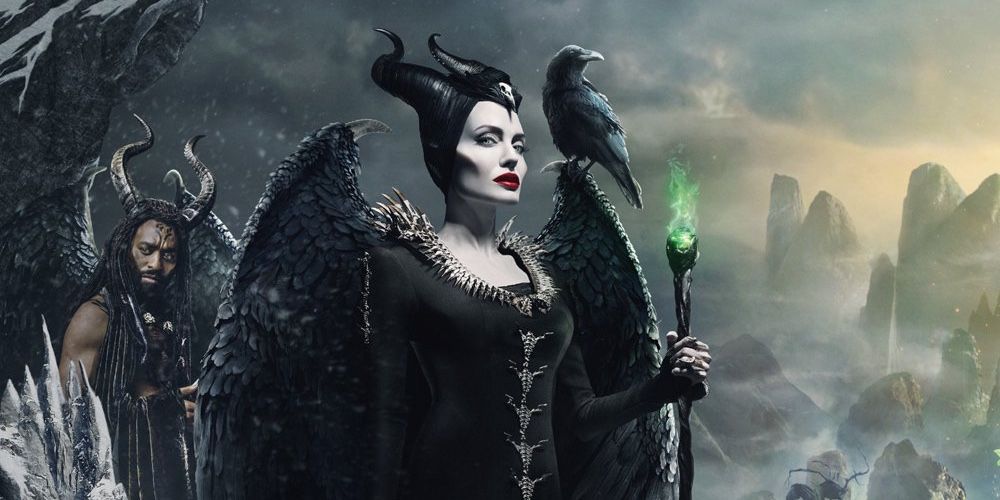
Though both films represent the Moor folk as whimsical, comical creatures that seem to reside in harmony with the natural world, that's not always what the humans get to see. Maleficent never tries to understand that from a human perspective, the unknown, mysterious, and magical is terrifying.
The poachers of the second film get assaulted by a horned monstrosity before they get a chance to explain themselves. While it's true that the Moor folk extended humans kindness once and paid the price for it, not all humans are evil, and Maleficent waging war on all of them for the sins of a few is reckless and unfair.
4 MALEFICENT'S SIDE: SHE WASN'T OVER STEFAN
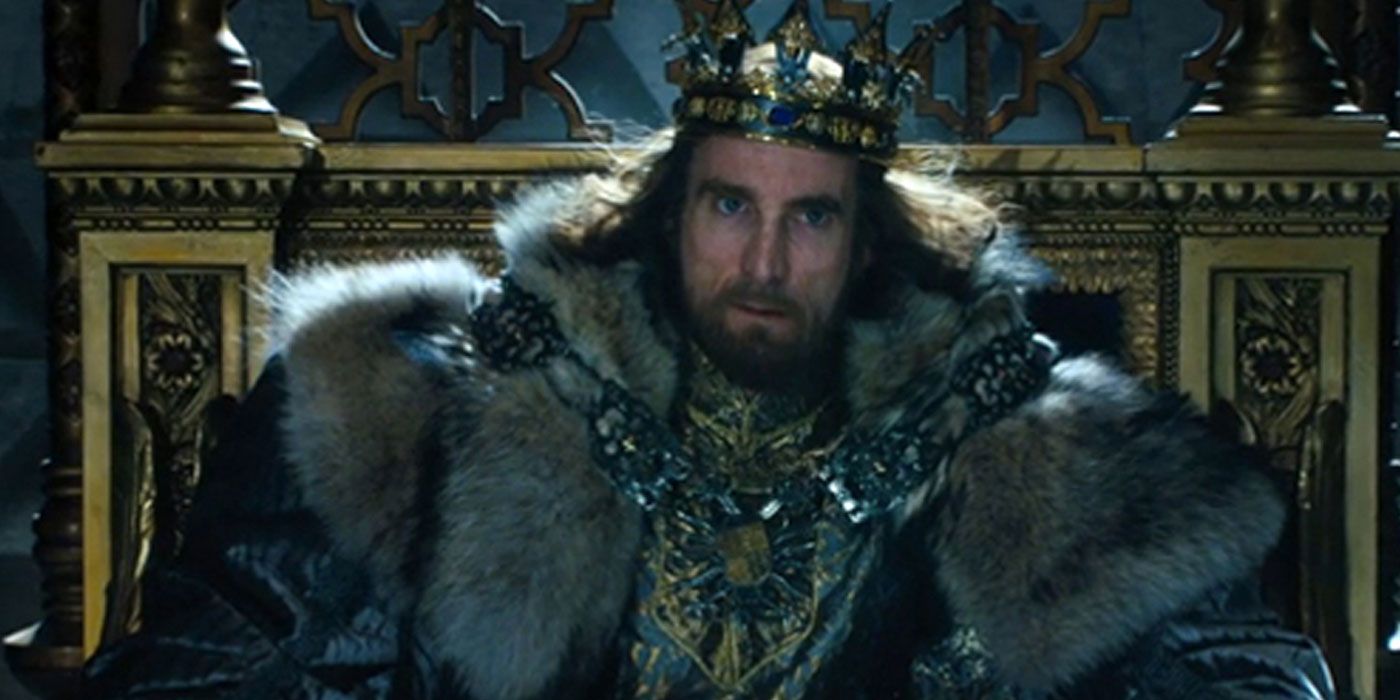
Maleficent was a naive teenager when she first met Stefan, a peasant boy who had stumbled into the Moors by mistake. He had aspirations of being a man of importance one day, but none of that mattered to Maleficent, who simply looked forward to the boy wandering into the Moors and the time they'd spend together.
When he betrayed her by cutting her wings to present to King Henry and win the hand of his daughter, she was not only violated, but brokenhearted. She vowed to never love again, and close herself off from humans. She clearly wasn't over Stefan when she told Aurora in Maleficent: Mistress of Evil that "love doesn't always end well".
3 WHY WE'RE NOT: FAE KILL HUMANS

In the opening of the film, we see poachers venturing into the Moors to kidnap fairytale creatures and sell them to a mysterious figure beneath the castle. But they're not alone in the Moors, and a horned creature makes vines rise up and choke the life out of them.
As far as the townsfolk of the kingdom are concerned, the fae are evil. They aren't aware that the humans are doing nefarious deeds in the Moors, only that the fae kill humans without mercy. Wouldn't you want to stop that kind of threat if you didn't know any better?
2 MALEFICENT'S SIDE: HUMANS WILL NEVER CHANGE
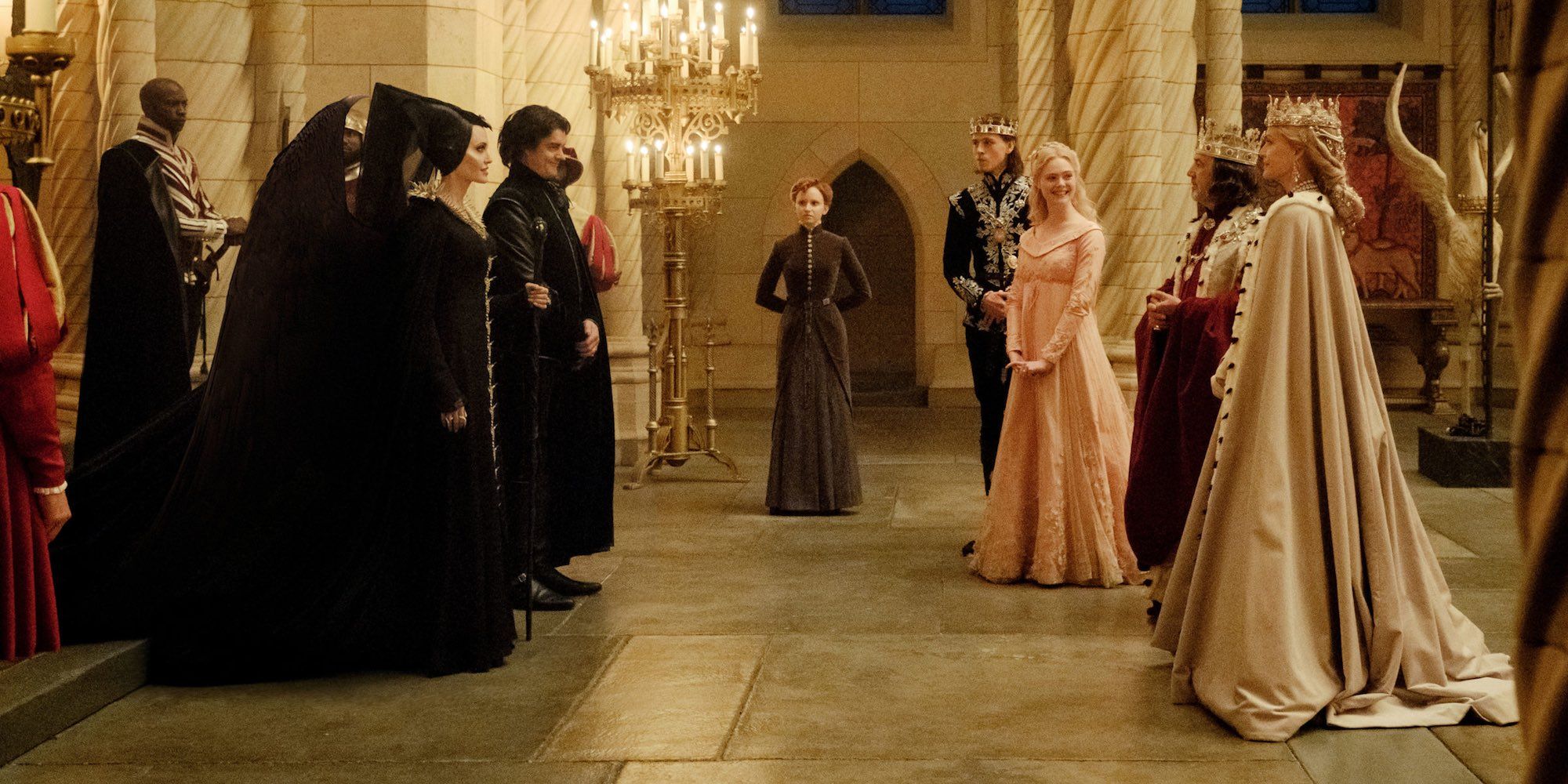
Maleficent has good reason to believe that ultimately humans will never change their perspective. They will always view themselves as good and righteous, and fae folk as evil because they don't understand them. Every human in power that she's encountered has wanted to steal the resources of the Moors for themselves.
When she encounters Borra, the aggressive dark fae that senses her distaste for humans, her repugnance for them intensifies. Borra reminds her that the Moors have been forcibly made the last bastion of fairytale creatures not by their choice, and its unlikely the humans will let them keep it forever.
1 WHY WE'RE NOT: SHE'S TOO UNSTABLE
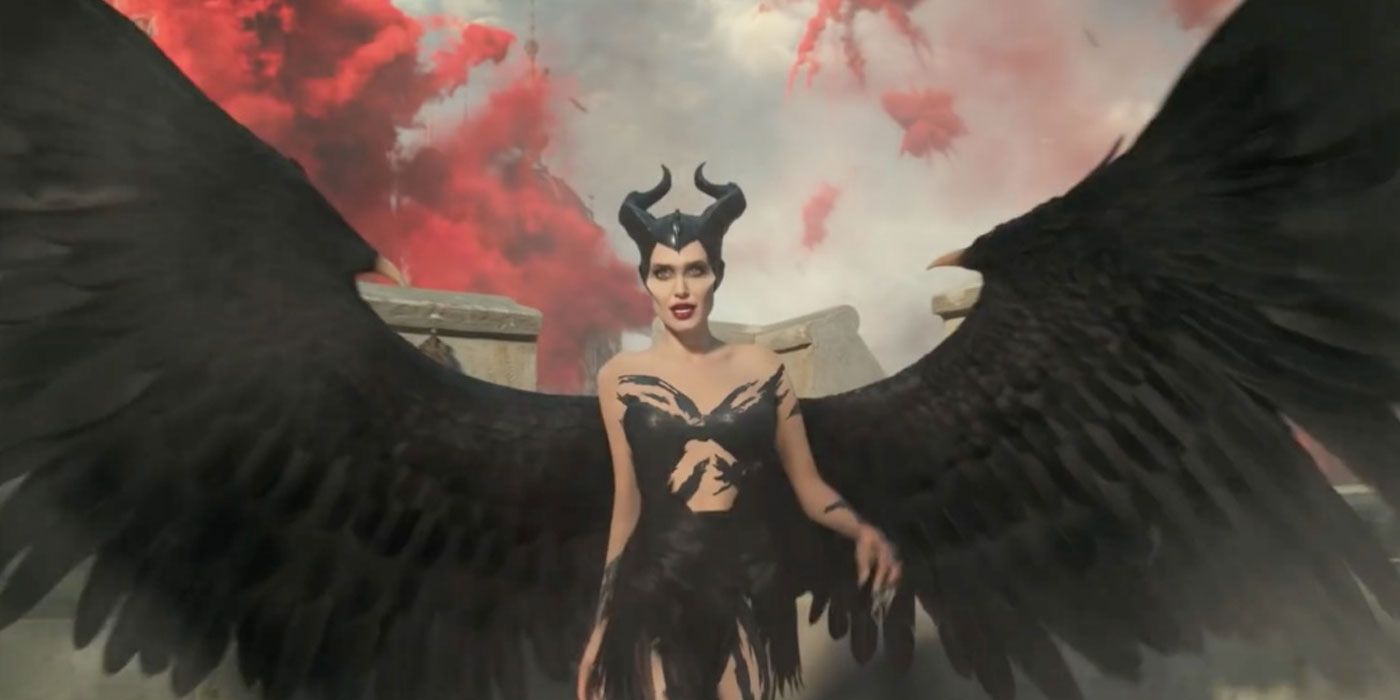
Maleficent's perspective about humans seems to be as capricious and ever-changing as the winds that whip through the Moors. One moment, she tolerates them because of her affection for Aurora, the next she doesn't because Aurora wants to marry Philip.
One moment, she wants peace with the humans because Aurora might marry Philip, the next she wants war because she's insulted at dinner. Naturally it's more complicated than that, but from an outsider's point of view, she's a vengeful angel of death that carelessly inflicts violence on a whim.
from ScreenRant - Feed https://ift.tt/2P2i0uU

0 Comments